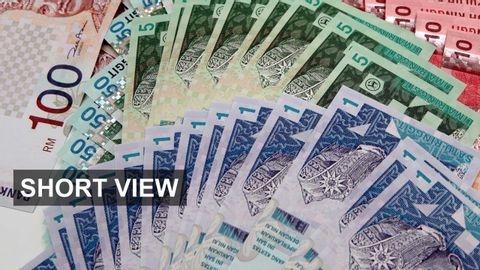
字幕與單字
不真正去發展我看空 (Not really going for growth I Short View)
00
Kristi Yang 發佈於 2021 年 01 月 14 日收藏
影片單字
interest
US /ˈɪntrɪst, -tərɪst, -ˌtrɛst/
・
UK /'ɪntrəst/
- n. (c./u.)利益;興趣;利息;興趣;權益
- v.t.使感興趣;使參與
- v.i.使感興趣;產生利息
A1 初級多益初級英檢
更多 使用能量
解鎖所有單字
解鎖發音、解釋及篩選功能
